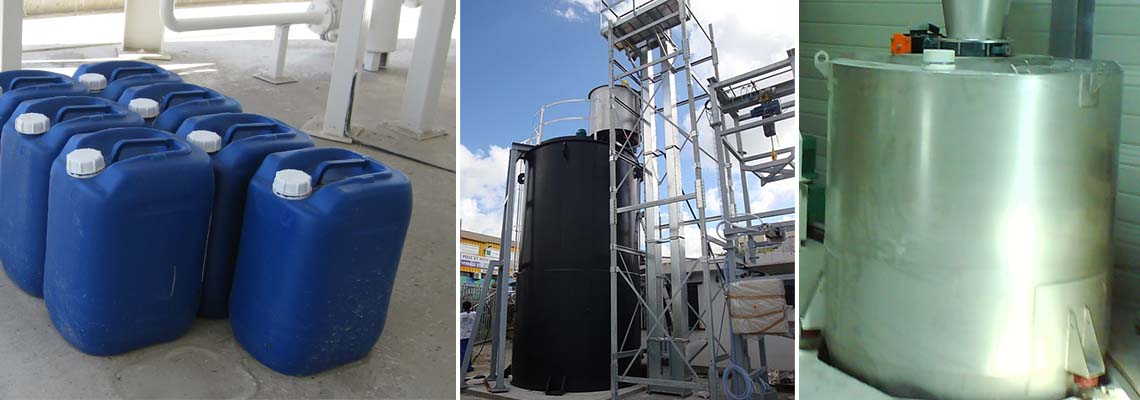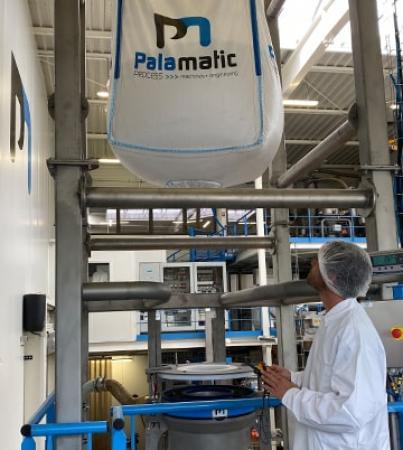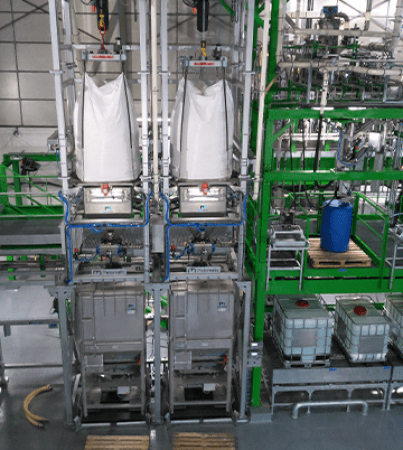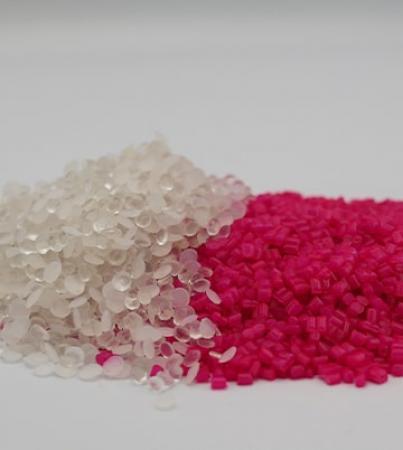How do I store AdBlue? Can AdBlue be stored? How can I store my AdBlue? What are the most suitable storage formats? What are the storage constraints? What can I do about them? Palamatic Process answers all your questions.
1. The tanks
AdBlue is produced in large volumes and a continuous process. Therefore, it is necessary to provide a storage unit adapted to the volume of liquid produced. Special tanks of ten cubic meters, designed for this type of material are used from tank suppliers like Blue1 or Blue Basic. These tanks are often also equipped with a pump at stations to directly fill the transport vehicle.
Palamatic offers HDPE or PPH tanks for the storage of water solutions such as AdBlue, milk of lime...
2. Storage Precautions
Storage precautions must be taken regarding the conservation of AdBlue, which crystallizes below -11°C. Although this does not alter its properties in any way, the solidification of a liquid product poses obvious logistical problems - even if it is possible to warm it to return the material to its liquid state. Furthermore, once above 30°C, AdBlue degrades into ammonia and loses its properties. As a precaution, it is therefore advisable to store it between 5 to 20°C to ensure its stability.
The recommended storage time is one year for AdBlue, and if exposed to air, can degrade naturally. The maximum shelf life is considered to be 1.5 years and is therefore necessary to use it within this period of time. Otherwise, the tank must be emptied, which will result in lost material value.
Finally, AdBlue being a liquid urea solution, is corrosive to paint and skin. It is therefore essential that all storage containers are either plastic or stainless steel. For the same reason, when transferring from one storage space to another, proper protection should be used.

Do you have a question related to
AdBlue? I am available for discussion.
Simon, powder expert
3. Technical Solutions
During transport, the AdBlue tank is sometimes covered with a heating wire in order to keep the liquid at ambient temperature. Also, there are models of heated Adblue tanks to maintain the liquid above its crystallization temperature and prevent the solidification of the material. This storage option offers safety to the user as it guarantees the continuity of liquid distribution, even in very cold weather where the AdBlue could solidify.
Let us recall the issue of the corrosiveness of AdBlue and its effect on containers.
Article 3 of the ISO 22241 standard specifies a list of materials recommended for holding AdBlue. The metals mentioned are mainly alloys containing chromium, nickel and molybdenum. It can also be stainless steel or titanium. Certain plastics are also compatible for the storage of AdBlue: polyethylene, polypropylene, polyisobutylene, PFA, PFE, PVDF, PTFE, etc. All these plastics must be free of any additive in order to avoid an unexpected reaction between AdBlue and a parasitic component.

















